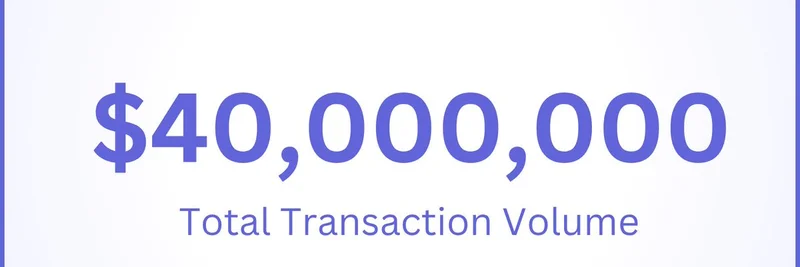In the fast-paced world of blockchain, where new chains pop up almost daily, a recent tweet from Pyth Network is turning heads. The oracle powerhouse, known for delivering real-time price data to over 100 blockchains, shared a clip highlighting why simply copying existing tech won't cut it anymore. This insight comes straight from Genia Mikhalchenko, Business Development Lead at Douro Labs, during a fireside chat at Devconnect.
The tweet quotes a post from Wrapped, a web3 experience builder, featuring a video of Mikhalchenko's no-holds-barred commentary. He argues that the days of "Rollup X" – generic layer 2 (L2) solutions that recycle the same playbook – are over. With too many chains flooding the market, success now demands genuine innovation and "net-new value."
Breaking Down the Video Clip
In the clip shared by Wrapped, Mikhalchenko explains that a strong product is still essential – one that solves real user problems or meets demands. But he calls out the failing strategy of protocols that just copy-paste L2 stacks. "It might have worked six months or a year ago," he says, "but frankly, there's too many chains." The bar is higher now; without adding something unique, new chains won't stand out.
This resonates in a space where L2s, which are scaling solutions built on top of base layers like Ethereum, have proliferated. Copy-paste chains refer to those that fork or mimic successful models without differentiation, leading to a saturated ecosystem.
Why This Matters for Meme Tokens
Meme tokens thrive on hype, community, and accessibility, often launching on affordable, high-speed chains. Platforms like Solana, where Pyth plays a key role in price oracles, have been hotbeds for memes due to low fees and fast transactions. But if chains start failing because they lack innovation, it could ripple through to meme token projects.
Imagine a meme coin ecosystem where the underlying chain doesn't attract developers or users because it's just another clone. Liquidity dries up, trading volumes drop, and the fun fizzles out. Mikhalchenko's point pushes for chains that offer unique features – perhaps better tokenomics, smoother onboarding, or incentives that keep devs building. For meme creators, this means choosing chains with real staying power, not just the latest fork.
Pyth itself exemplifies this by providing high-fidelity price feeds that power DeFi and meme trading across chains. Their integration helps memes get accurate pricing, reducing risks like oracle manipulations that have plagued some projects.
Community Echoes the Sentiment
The tweet, posted on Pyth Network's X account, has sparked agreement in replies. Users like @etobrutal chimed in with "real innovation beats copy paste every time," while @0xChosenLii noted "real innovation compounds, shortcuts don’t." Others expressed relief, with @KintsuShiitake saying "thank god for that." It's clear the crypto community is tired of redundancy and hungry for substance.
This discussion ties into broader trends at events like Devconnect, where builders focus on multichain futures and sustainable growth. As meme tokens evolve from jokes to cultural phenomena, aligning with innovative chains could be key to long-term success.
In a world where memes can moon or rug in hours, insights like these remind us: innovation isn't optional – it's the new baseline. Keep an eye on Pyth and similar projects as they shape the next wave of blockchain evolution.




